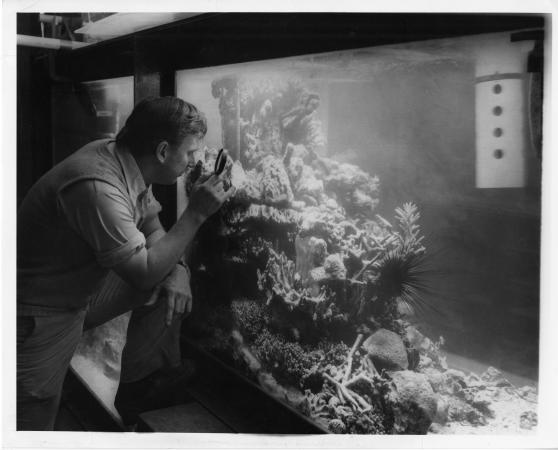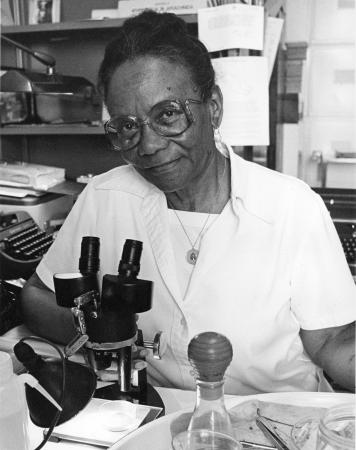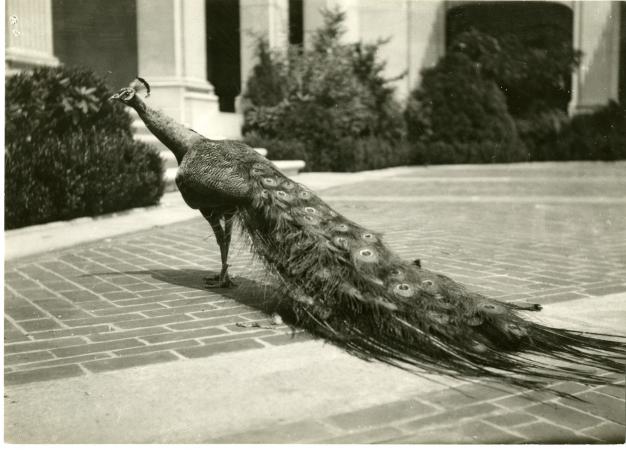Vicarious research is one of the great joys of the reference desk at the Smithsonian Institution Archives. During our pandemic closure, we’ve missed catching those tantalizing glimpses of our patrons’ research inside the fishbowl walls of the reading room.
But research in the Archives collections is by no means on hold. Here are some of the subjects that have recently passed through the reference team’s inbox:
- Correspondence of marine biologists Melba and David Caldwell
- Susan Faye Cannon’s work on Sir John Herschel
- Baltimore’s experimental Third World Museum
- Frederick Whymper report for the Western Union Telegraph Expedition
- Dentzel carousel figures on display in the National Museum of History and Technology
- Iceboat model donated by Addison Allen

Subjects of Smithsonian Institution Archives images to be featured in upcoming publications include:
- Pages from Edgar Alexander Mearns field books for Amy Kohout’s upcoming book Taking the Field: Soldiers, Nature, and Empire on American Frontiers
- Images from Alexander Wetmore’s ornithological work in Veracruz for Digging the Past: Stirling's Excavations at Tres Zapotes, a permanent exhibition in Tres Zapotes, Veracruz, Mexico
- Photo of the National Museum of Natural History’s reef tank ecosystem for Samantha Muka’s forthcoming book Oceans Under Glass
- Portrait of Sophie Lutterlough for A Journey Into 365 Days of Black History wall calendar
- Candids from the opening of the Renwick Gallery, to be featured in the Smithsonian American Art Museum’s This Present Moment: Crafting for a Better World

Peacock eyewitnesses
Last time on Hot Topix, I answered the Infrequently Asked Question (IAQ), “Why did the peacocks leave the Freer courtyard?” My response was what preliminary research had suggested: that the peacocks, normally residents of the National Zoological Park, spent their summers in the Freer Gallery courtyard until the end of the 1920s.
Some blog readers among the Archives staff took issue with the last part of this claim. Although not over one hundred years old, my colleagues remembered seeing a peacock couple—a peacock and a peahen, to be zoologically precise—grace the Freer courtyard during their lifetimes. Institutional historian Pam Henson wagered a guess that the birds lived there as recently as the 1990s.
Sure enough, a search of historic newspaper headlines confirmed Pam’s guess. In the “Travel” section of the May 2, 1993, New York Times, reporter Irwin Molotsky noted that “two live peacocks will take up residence in its courtyard” when the Freer reopened to the public later in the month.
The Freer peacock story teaches us two important life lessons.
One, it is usually good practice to trust recent personal recollection over scanty written records—particularly when that personal recollection is from your very own institutional historian.
Two, peacocks really are too messy for the Freer Gallery. Maybe, just maybe, we should stop trying to make peacocks at the Freer happen.

Related Resources
- "Hot Topix in Archival Research, Fall 2021" by Deborah Shapiro, The Bigger Picture, Smithsonian Institution Archives
- “Hot Topix in Archival Research, Summer 2021” by Deborah Shapiro, The Bigger Picture, Smithsonian Institution Archives
- “Hot Topix in Archival Research, Spring 2021” by Deborah Shapiro, The Bigger Picture, Smithsonian Institution Archives
Produced by the Smithsonian Institution Archives. For copyright questions, please see the Terms of Use.

Leave a Comment